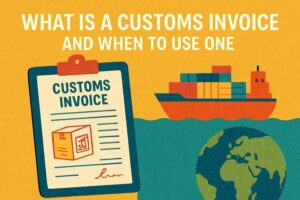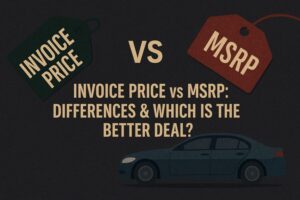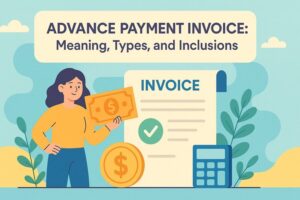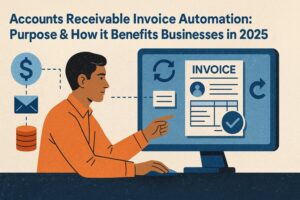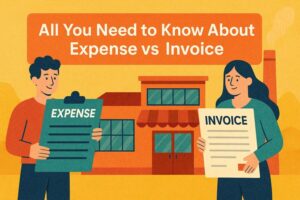Proof of Delivery Invoice: Meaning, Benefits, and Best Practices
- 6 Nov 25
- 10 mins
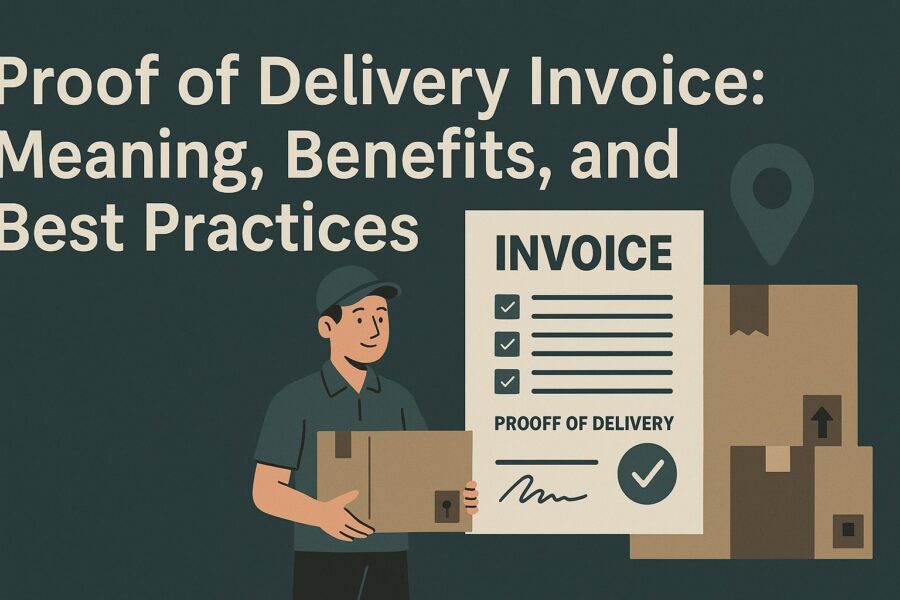
Proof of Delivery Invoice: Meaning, Benefits, and Best Practices
- What Is a Proof of Delivery Invoice?
- Why a Proof of Delivery Invoice Matters for Businesses
- The Shift Toward Digital Proof of Delivery Invoices
- Potential Drawbacks of Proof of Delivery Invoice Systems
- Electronic Proof of Delivery Invoices or ePOD
- 5 Key Benefits of Electronic Proof of Delivery Invoices
- Proof of Delivery Invoice Software vs Delivery Management Platforms
- 5 Best Practices for Using Proof of Delivery Invoices
- Conclusion
Key Takeaways
- A proof of delivery invoice verifies that goods or services reached the correct recipient, including delivery details like time, location, and signature.
- Businesses use POD invoices to avoid false claims of non-delivery and to trigger faster invoicing and payment cycles.
- The rise of electronic proof of delivery (ePOD) systems has streamlined operations with mobile apps, real-time tracking, and automated billing.
- By integrating GPS, photos, and digital signatures, companies reduce paperwork, errors, and fraud while improving customer trust.
- To fully benefit, businesses should automate POD invoicing, train staff, protect sensitive customer data, and use digital systems for every delivery.
A proof of delivery invoice is a crucial document for enterprises, confirming that a product or service has reached the customer. Serving as an official proof of delivery document, it details the delivery site, delivery location, time of delivery, and the customer's electronic signature.
Without it, companies risk payment issues or customer disputes. Around 90% of logistics firms report delivery problems when there's no proof of delivery document to verify a successful delivery. This invoice not only builds trust but also boosts cash flow, enhances customer satisfaction, and streamlines delivery operations within the supply chain.
This guide explains the proof of delivery invoice and the key benefits of POD.
What Is a Proof of Delivery Invoice?
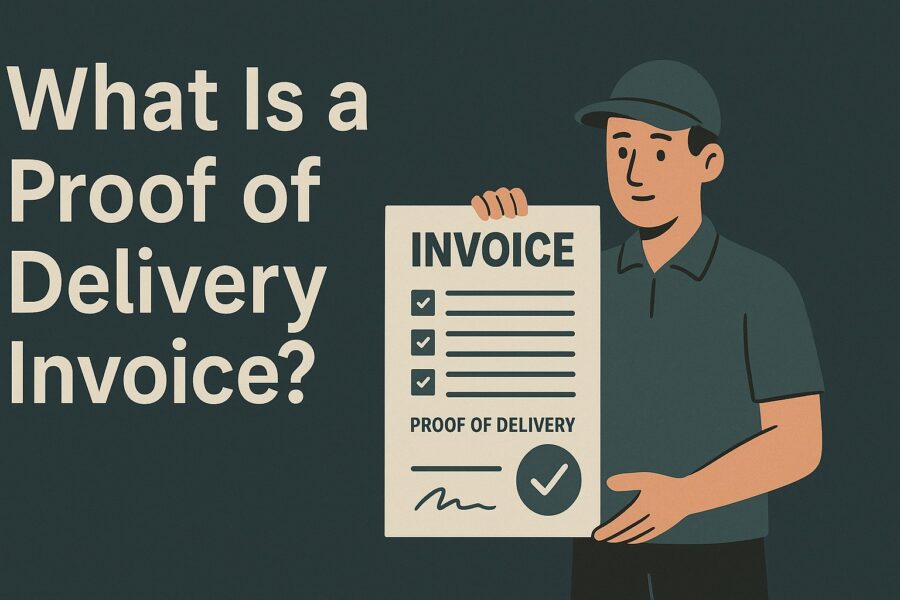
A proof of delivery invoice is a documented record that is verified, proving an order has been delivered to the intended recipient in the condition agreed upon. Although the term "proof of delivery" (POD) describes the proof of the delivery, the invoice provides the official billing aspect, attaching delivery verification directly to payment processing. It is a crucial document that can also serve as a binding contract or legal contract between the seller and the recipient.
These invoices are especially relevant in:
- Logistics and courier services
- Retail and wholesale
- eCommerce and marketplace platforms
- Pharmaceutical and temperature-sensitive goods delivery
Key elements in a proof of delivery invoice include:
- Recipient’s name and contact details
- Delivery address and date/time
- Signature (physical or digital) from the delivery driver
- Itemised product or service list
- Invoice number or tracking number for recordkeeping
- Optional photographic or GPS evidence
- Related delivery receipt or delivery note
For instance, an online store will send a proof of delivery invoice stating that the customer received their purchase, complete with a signature and date stamp. This becomes a proof of delivery document and a legal contract in case the customer contests non-receipt later.
Why a Proof of Delivery Invoice Matters for Businesses
A proof of delivery invoice is more than a simple confirmation of receipt; it is a critical tool that safeguards revenue, strengthens customer retention, and keeps operations running smoothly.
1. Reduces False Claims and Disputes
In cases of customers alleging non-delivery, improperly documented businesses lack much of a defence. A legally binding assurance that the order was actually delivered as ordered, the duly prepared evidence of the delivery invoice, which is frequently supported by a delivery management system in place is acceptable evidence protecting the company against fraudulent or erroneous claims.
2. Improves Customer Experience
Research has shown that 84% of customers will not re-order online when they have a poor delivery experience. The provision of individual customers and businesses with accurate evidence of delivery invoice such as real time status, signatures and time of delivery encourages transparency, customer demands and repeat business.
3. Speeds Up Payments and Improves Cash Flow
To make delivery confirmation an element of the invoice implies that they can start billing when delivery is made. This relationship will shorten the payment cycle, remove delays, and encourage a healthier cash flow, in particular, beneficial to B2B transactions and customer purchases.
4. Ensures Compliance and Legal Protection
In industries such as pharmaceuticals, liquor, and high-value goods, proof of delivery is often a regulatory requirement. It not only ensures compliance but also maintains proper types of proof for audit purposes and acts as a legal contract in disputes.
In short, a proof of delivery invoice combines the roles of business safety, customer service, and asset facilitation. Companies that leverage it for their business will have better protection, better workflow, and even a better reputation.
The Shift Toward Digital Proof of Delivery Invoices
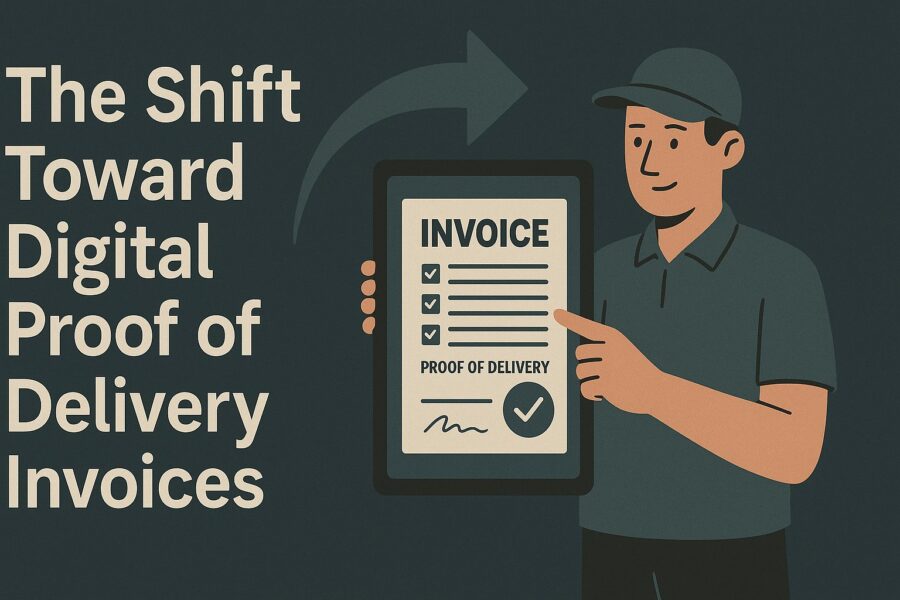
In recent years, there’s been a significant move from paper-based PODs to electronic proof of delivery invoices (ePODs).
- Digital Replaces Paper
Companies are moving from physical slips to the use of applications on mobile devices and cloud infrastructure that instantly gather signatures, pictures, and GPS data on deliveries. According to market research, the Electronic Proof of Delivery Services market is set for a compound annual growth rate (CAGR) of 22.5% from 2024 to 2032.
- AI Enhances Verification
Artificial intelligence is now detecting anomalies, preventing fraud, and managing verification in processes. For example, Amazon is using AI to automate attended or unattended delivery to customers, which allows customers to also confirm delivery in their app notification linked to the proof of delivery invoice.
- Real-Time Updates Meet Consumer Expectations
Globally, about 73% of consumers expect real-time tracking for delivery and instantaneous acknowledgement of receipt for delivered goods, so much of this process, with even ePOD technologies, will now automatically create the proof of delivery invoice and send it to the customer once their order is marked as delivered.
- IoT and GPS Bring Full Transparency
IoT sensors are installed in logistics companies, such as FedEx and DHL, to monitor the environment conditions (temperature and humidity) during the delivery. It is stored together with the evidence of delivery invoice in order to take responsibility in sensitive deliveries.
Potential Drawbacks of Proof of Delivery Invoice Systems
Whilst a proof of delivery invoice is promising a lot, the companies have to consider the likelihood of issues against implementation.
- Technical Malfunctions
The evidences of delivery programs are based on the mobile devices, computer programs, and internet services. In case of network failure or equipment failure, the invoice of proof of delivery can be stalled, and the issues can be transferred to the payment cycles and customer dissatisfaction.
- Setup Costs
the Digitising the evidence of delivery system with electronic proof of delivery (ePOD) implies the upfront cost of equipment, software licensing and employee training. To small companies, these costs are very discouraging.
- Data Privacy Threats
The invoice of delivery will usually contain sensitive customer information such as names, addresses and signatures. Without this information being effectively secured against hacking, leakage, and unauthorised access, it might be vulnerable to such attacks, thereby putting the company at risk of reputational and legal risk.
- System Dependence
The complete reliance of a business on the digital system may cause operational risks. The outcome of the failure of a delivery could be that no delivery will occur, the invoicing will be delayed, and controversies could emerge concerning non-verified transactions.
Electronic Proof of Delivery Invoices or ePOD
An electronic proof of delivery invoice, or e-POD, is a combination of email or mobile delivery confirmation with automated invoicing. Instead of having your employees write out the signature and paperwork, the delivery personnel capture the signature of the customer by way of a mobile device. In addition, the vehicle delivery personnel will also be able to;
- Capture the customer signature.
- Scan either QR codes or Barcodes.
- Capture a delivery confirmation photo.
- Capture GPS coordinates where delivery was made.
This information is captured and instantly filed electronically in the business's system, and is emailed or texted to the customer. Many companies, including Amazon, have reported significant decreases in "missing package" complaints once they have switched to this approach. In some cases, some businesses report up to a 70% increase in delivery efficiency.
💡If you want to streamline your payment and make GST payments via credit, debit card or UPI, consider using the PICE App. Explore the PICE App today and take your business to new heights.
5 Key Benefits of Electronic Proof of Delivery Invoices
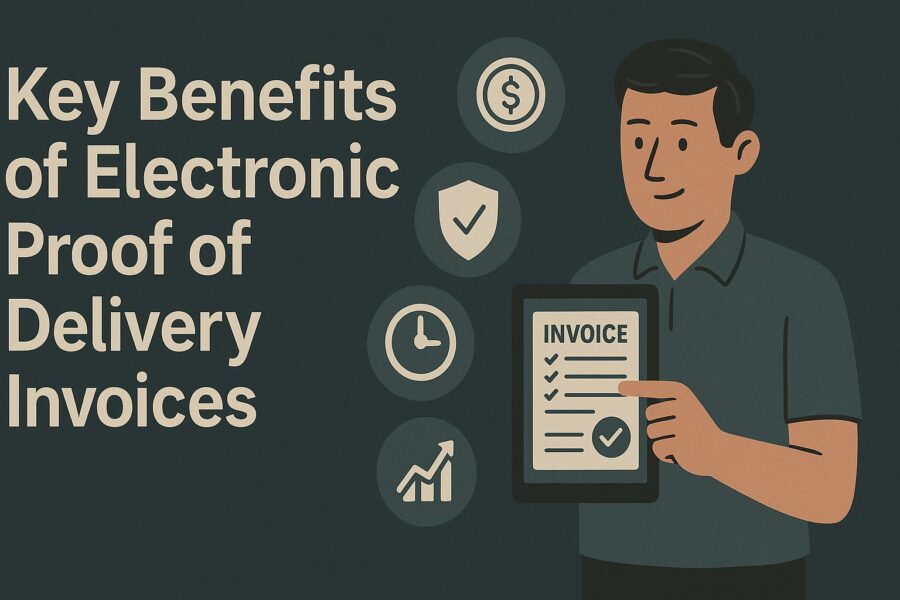
An electronic proof of delivery invoice provides several benefits above basic delivery verification, increasing business process efficiency and reliability.
- Paperless Operations
Electronic systems can reduce paperwork up to 75%, lowering printing, handling, and storage costs while aiding sustainable initiatives.
- Accurate and Faster Billing
Real-time data enables companies to send invoices straightaway upon delivery. In the event of a dispute, a time-stamped proof of delivery invoice is irrefutable proof, accelerating resolution and payment cycles.
- Greater Customer Trust
Instant invoice creation with delivery confirmation instils confidence in customers. A 2023 consumer study found that 73% of consumers consider transparency more important than speed, and a detailed delivery invoice provides just that.
- Increased Operational Efficiency
Electronic proof systems assist dispatchers and delivery staff in monitoring and coordinating orders more efficiently. Firms operating with ePOD technology have increased efficiency with up to 80% fewer delayed deliveries, enhancing the consistency of service.
- Reduction of Fraud and Errors
By recording exact delivery details, an electronic proof of delivery invoice reduces the possibilities of wrong or deceitful claims, benefiting the business and customer alike.
Proof of Delivery Invoice Software vs Delivery Management Platforms
Choosing the right tool depends on business size and needs. Moreover, the global delivery management software market is projected to grow by USD 666.7 billion between 2023 and 2028 at a CAGR of 7.26%. In such a way, this is how evidence of delivery invoice software is different than delivery management platforms:
- Standalone Proof of Delivery Invoice Software: It is suitable to small to medium-sized companies, which require a simple method to record signatures, photographs, and GPS. For example, a courier service can generate a proof of delivery invoice on the spot, ensuring instant customer confirmation.
- Delivery Management Platforms with PoD Features: Best for large enterprises that need route optimisation, scheduling, and bulk delivery tracking in addition to proof capture. Companies like Amazon and FedEx rely on such systems to manage thousands of deliveries daily.
5 Best Practices for Using Proof of Delivery Invoices
- Integrate Automation - Have your delivery monitoring system connected to your invoicing tool, whereby when a purchase is done, the delivery confirmation invoice will automatically arrive.
- Train Staff Effectively - Educate delivery staff on how to capture accurate proof and avoid inaccuracies.
- Defend Customer Data - Secure sensitive data by using a variety of protection mechanisms such as encryption, privacy control etc.
- Modify the invoice template - Incorporate what you require on the invoice - order summary, recipient and time stamp and a digital signature.
- Utilise it in every delivery - Issuing a proof of delivery invoice shows professionalism and adds security to every delivery, no matter how local or small.
Conclusion
In today's fast-moving market, a proof of delivery invoice is not simply a piece of paper. A proof of delivery invoice is a strategy to defend revenue, build customer confidence and establish a positive cash flow. It reduces the issues that are associated with disputes, facilitates compliance, and enhances payment cycles.
Digitally and physically represented evidence of delivery invoices may help to enhance efficiency, transparency, and accuracy within the delivery process. Certifying delivery invoice standard operating procedure preserves the brand, ensures transactions, and offers a hassle-free process of dispatch-payment.











